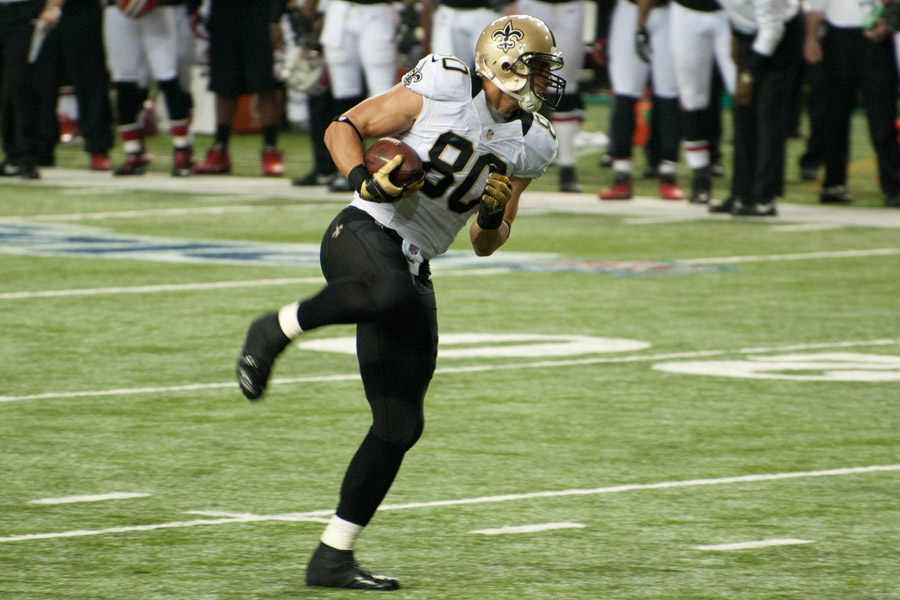
As we get into the meaty portion of the draft phase for the Second Annual Rookie Scouting Portfolio Writers Project, the pick analysis will be less frequent. We’re giving writers more slack to deliver pick analysis after each selection. If they want to write blurbs, they will. If not, we’ll catch them at the end of the draft to deliver more info.
And I’m sure they will want to deliver info when our panel of writers judging this project will want to see their cases made for why they’ve built the foundation of a winner. More on that to come.
Recent pick blurbs that have been posted from the past 2-3 rounds include:
- Sam Monson on Mike Wallace paired with Peyton Manning and Andre Johnson – there’s also great commentary from regular reader “Samuel,” be sure to check that out.
- Ryan Riddle on former teammate Marshawn Lynch as a huge value and also a take on Anthony Spencer’s prowess at defensive end
- Dave Richard mixes youth (G Kevin Zeitler) with experience (WR Roddy White)
- Cian Fahey delivers another take on drafting pure talent vs. talent for scheme as he discusses cornerback Asante Samuel
- Yours Truly weighs in on finally taking a skill position player – and a quarterback at that
While not all the picks have analysis, each team in the Draft Room has its picks up to date for your perusal. We also have a report on picks by position. You can follow the RSPWP pick-by-pick on Twitter #RSPWP2.
The RSP Writers project is brought to you by the 2013 Rookie Scouting Portfolio. Learn more about the 2013 RSP Writers Project and check out the completed 2012 RSP Writers Project where we built teams under a realistic salary cap. You can try it yourself.























